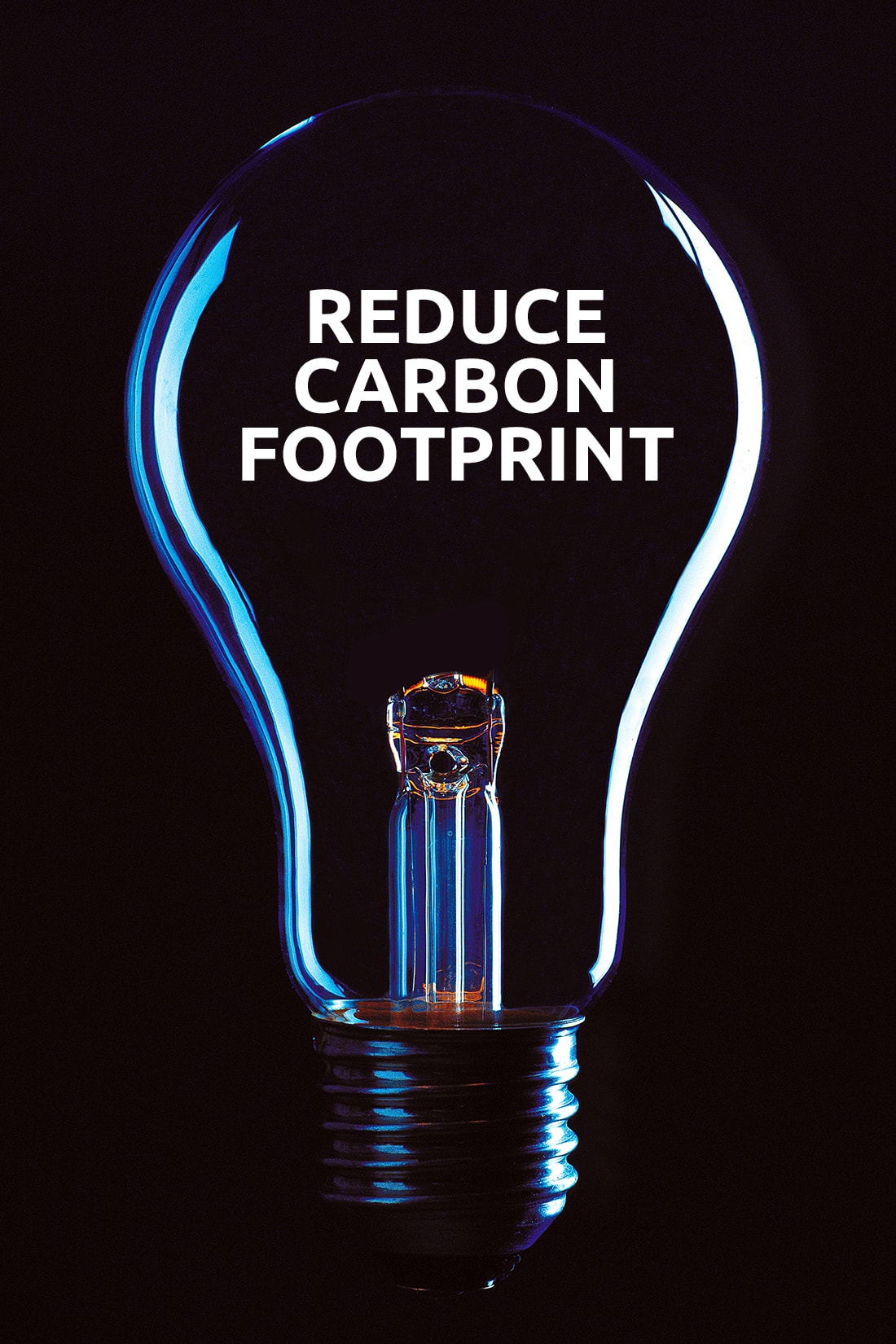Going Green – How can businesses reduce their Carbon Footprint?

There is more and more pressure being put upon businesses of all sizes to reduce their impact on the environment, particularly their ‘carbon footprint’.
Energy production releases a large amount of carbon dioxide into the atmosphere, and every home and business will create its share of this greenhouse gas – known as a carbon footprint – every year.
There are a number of measures a home or business can take to reduce its carbon footprint, or offset its carbon production. There are a number of tax incentives available for businesses designed to encourage a reduction in carbon production, with more planned for the future, that can make reducing a company’s carbon footprint a source of revenue and not just an altruistic pursuit for positive public relations.
In this guide we are going to look at three easy ways any business, no matter what size, can reduce its carbon footprint and go green.
Reduce the Use of Paper and Plastics
Many businesses will go through reams of paper and mountains of disposable plastics through the course of the year.
By reducing the use of paper in particular, a company can make a drastic reduction to their carbon footprint very quickly and easily. Paper is often wasted or over-used in offices and by switching to tablet computers, or using smartphones to exchange messages and electronic documents, any business can make a large reduction in its paper use.
Switch Your Energy Supply to a Renewable Source of Energy
Electricity is often a business’s biggest single carbon producing activity. The price of energy is also increasing every year.
The business energy market is very competitive, and there are a lot of power suppliers offering electricity that is generated from renewable sources like wind and solar. Next time you compare business electricity tariffs, look for a supplier that offers energy from carbon neutral sources.
Add a Solar Power and Battery System to Your Business
One of the biggest changes your business can make is to produce its own electricity on site, from solar panels backed up with a battery system.
By generating your own renewable energy on site, you can drastically reduce your company’s carbon footprint and even create a new revenue stream for your business. Some businesses have reported generating so much electricity that they have been able to sell the excess energy produced back to energy suppliers, receiving a cheque in the post instead of a bill.
There is an increasing amount of pressure on businesses to reduce their carbon footprint and start doing their part to help protect the planet.
Saving money on energy and consumables can also present savings on the balance sheet of a business, so the incentives are more than just positive public relations; there is money to be made from going green.
Hopefully this guide has given you some of the information and inspiration you need to start cutting down your business’s carbon footprint, and maybe increasing your profit margin in the process.